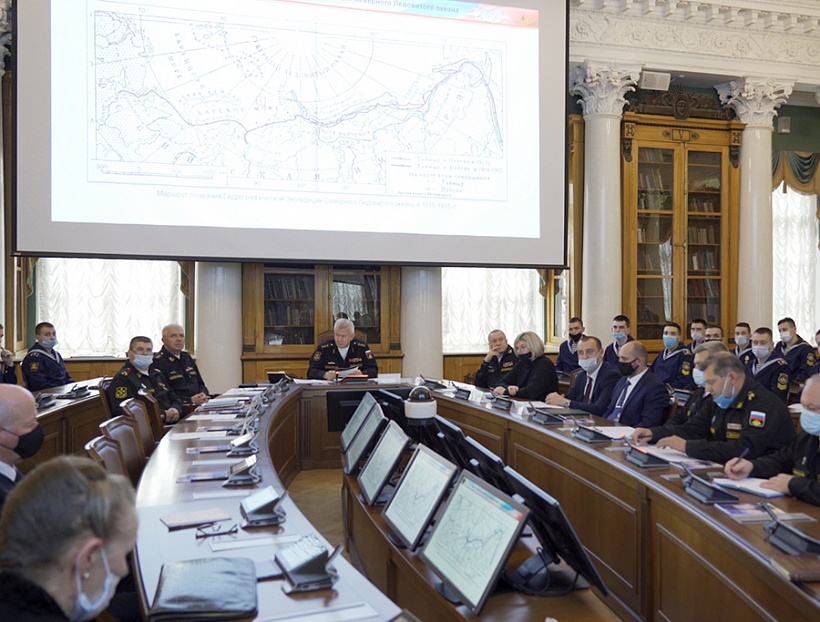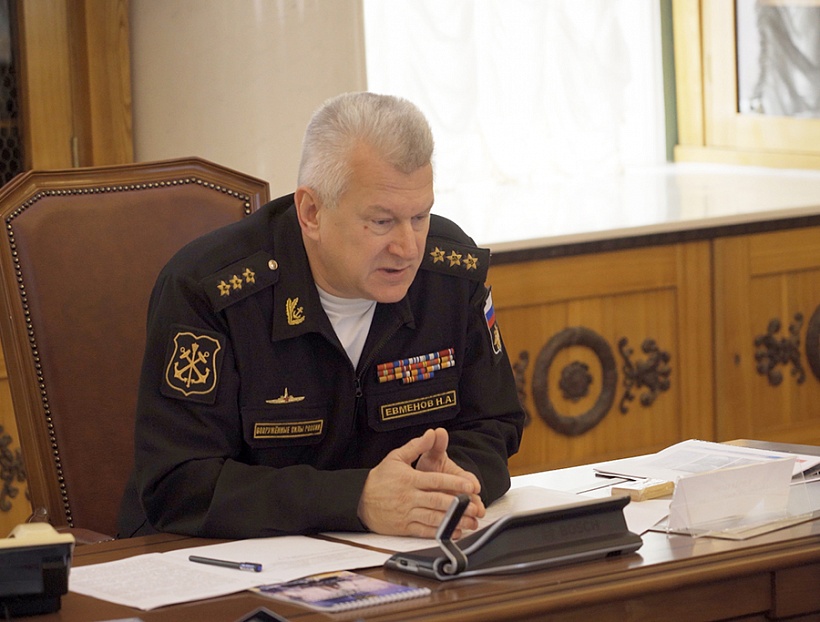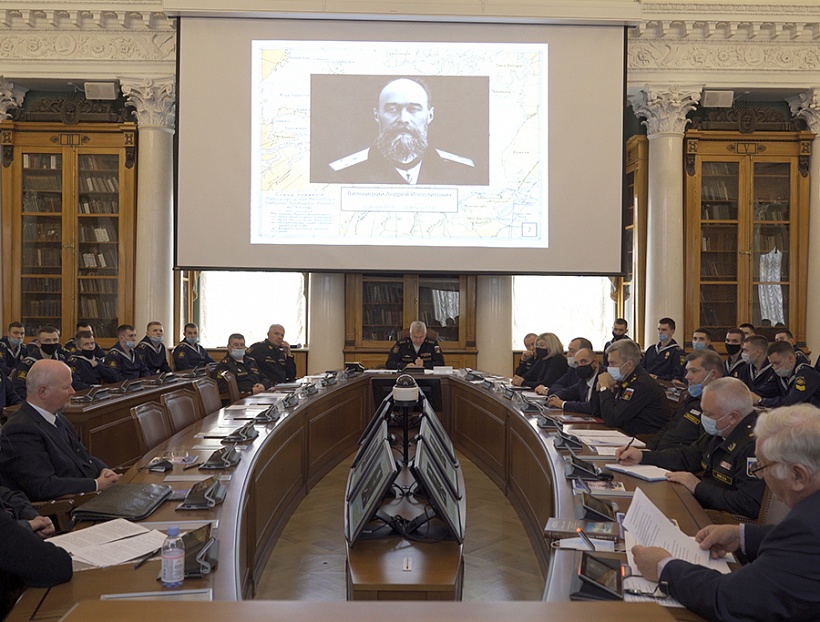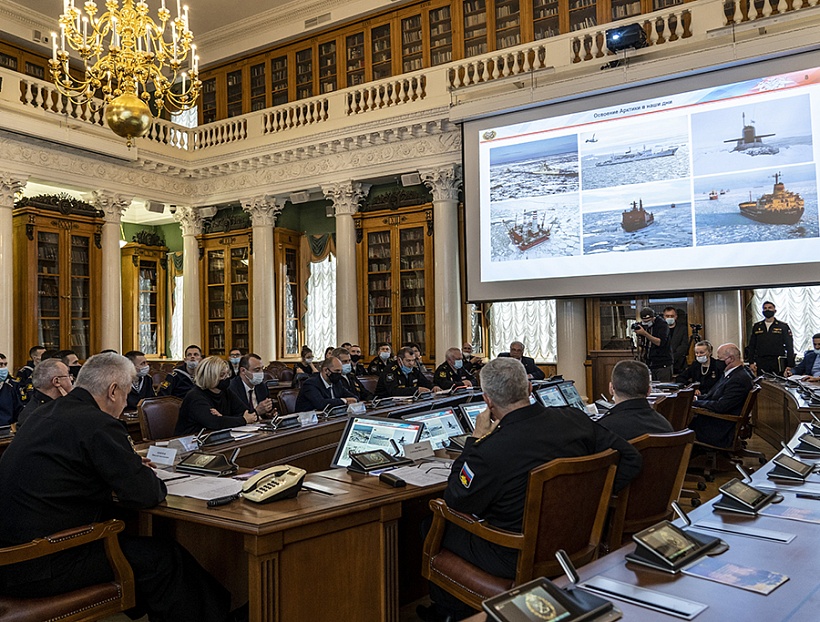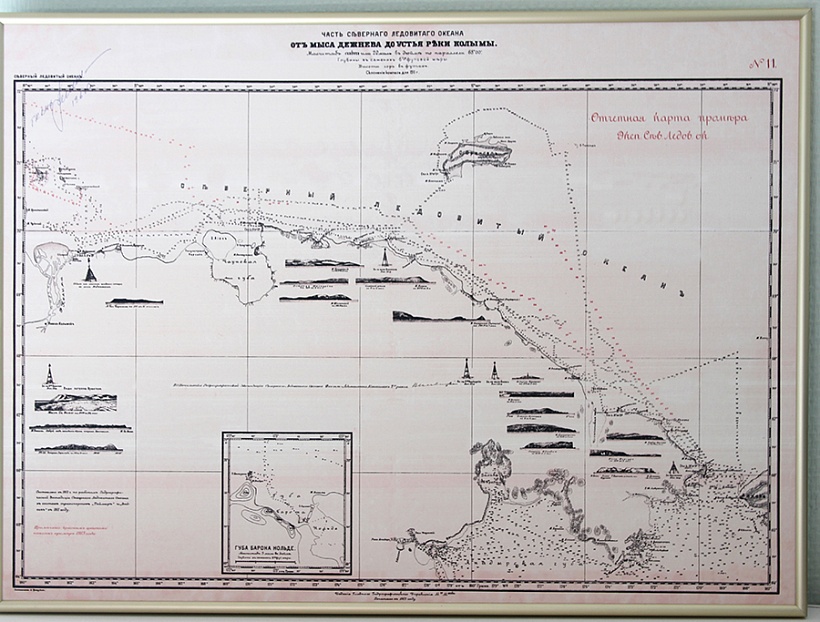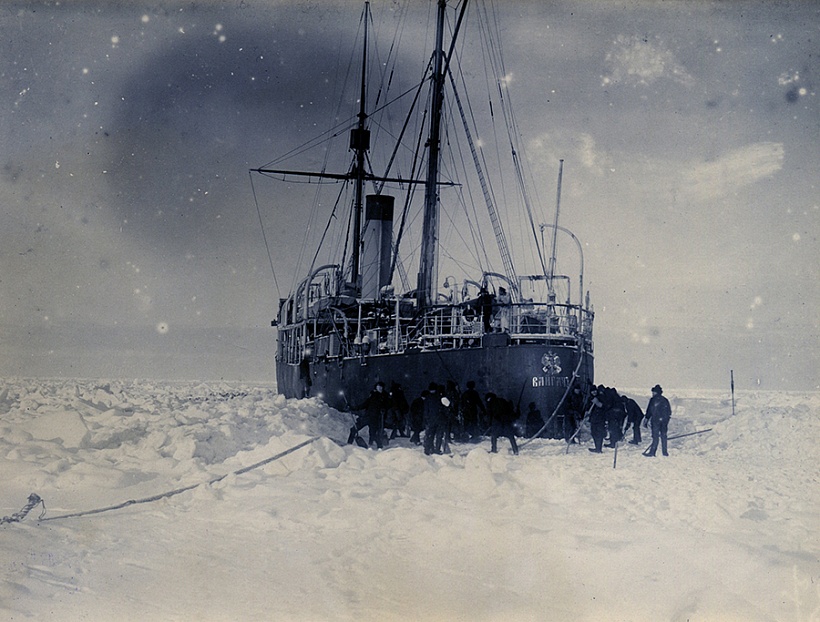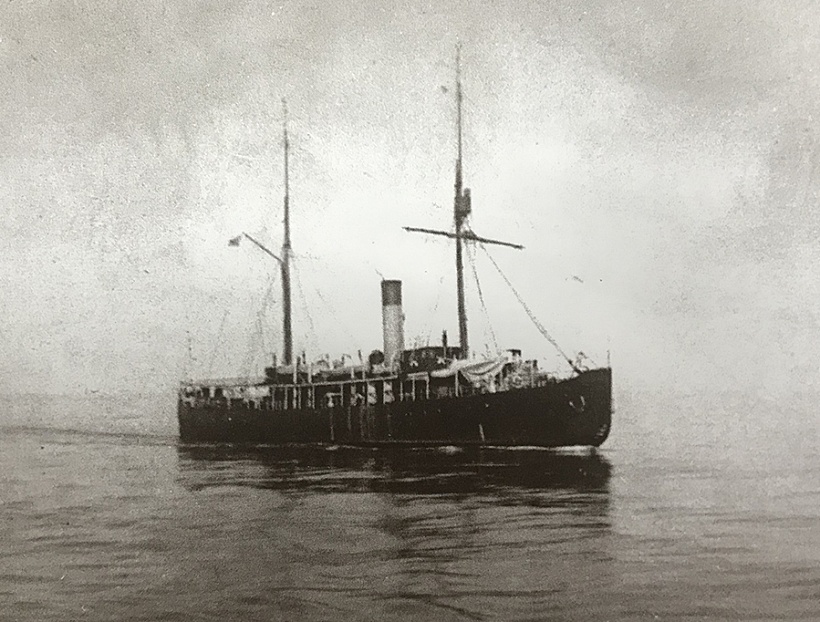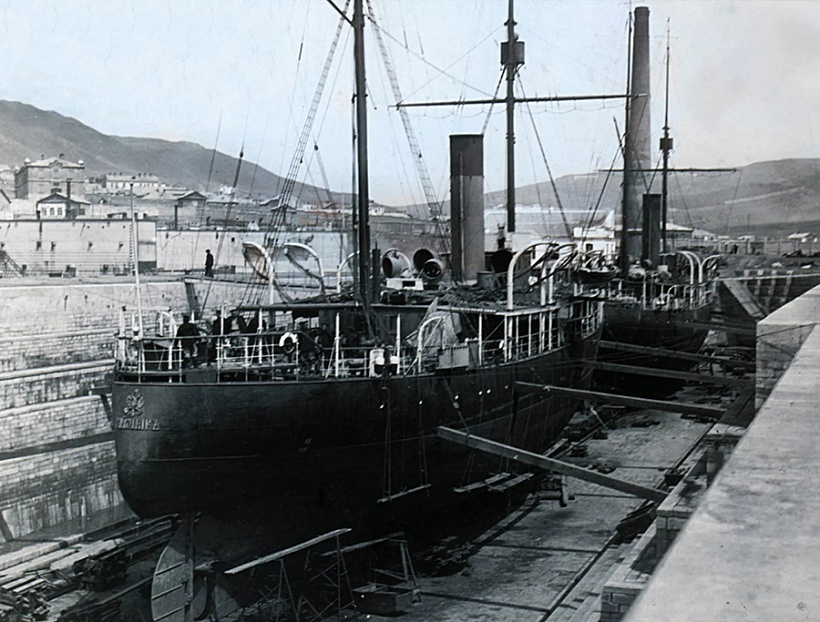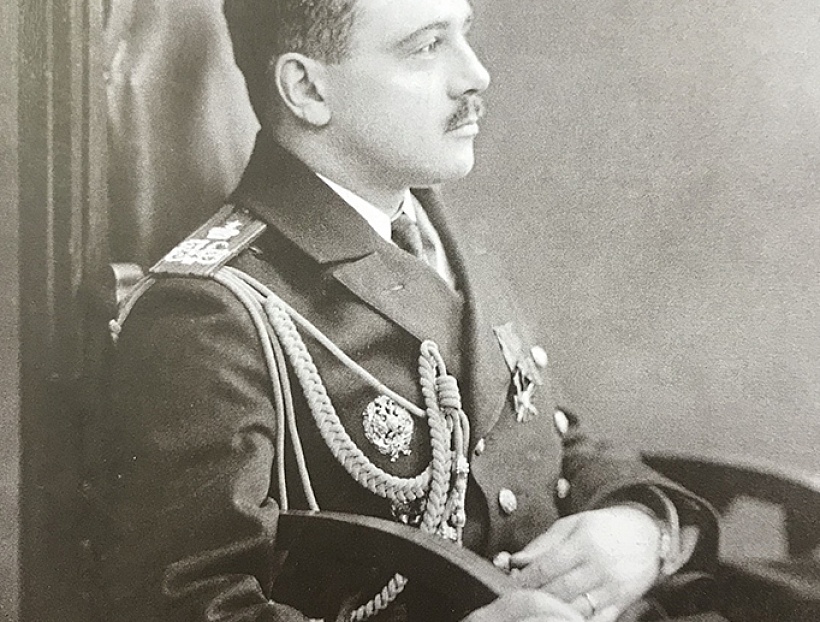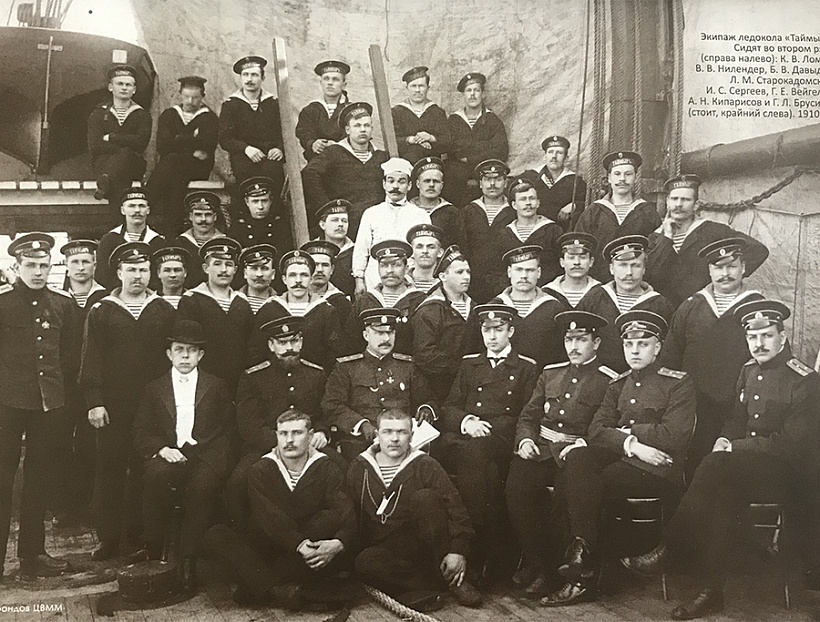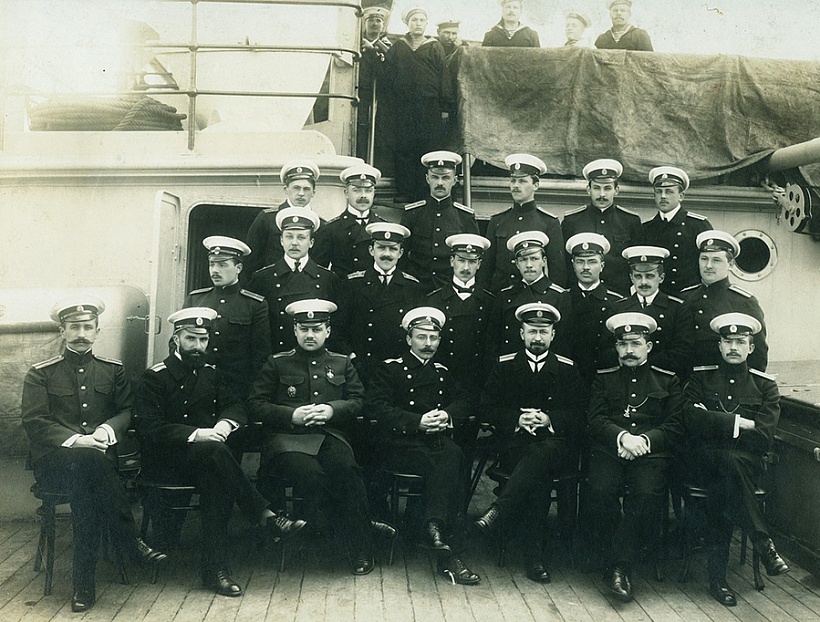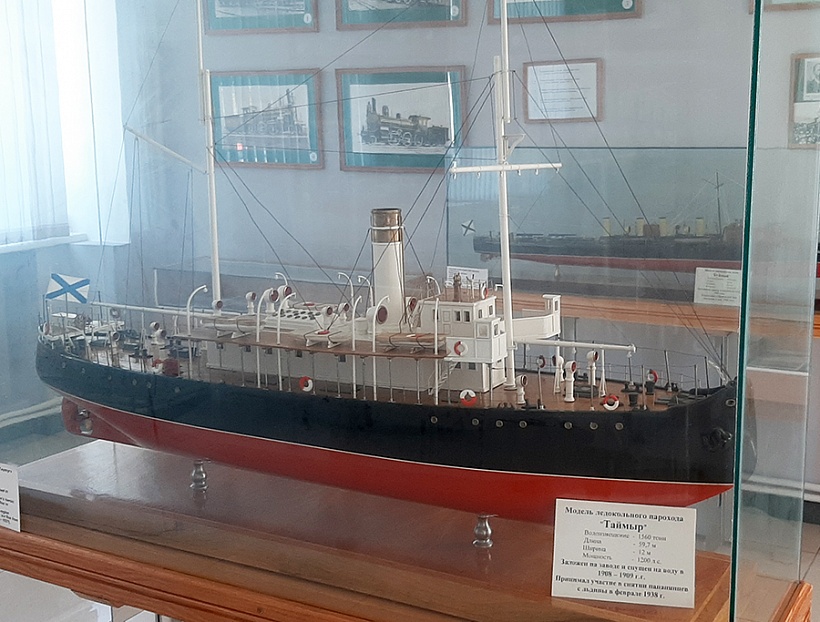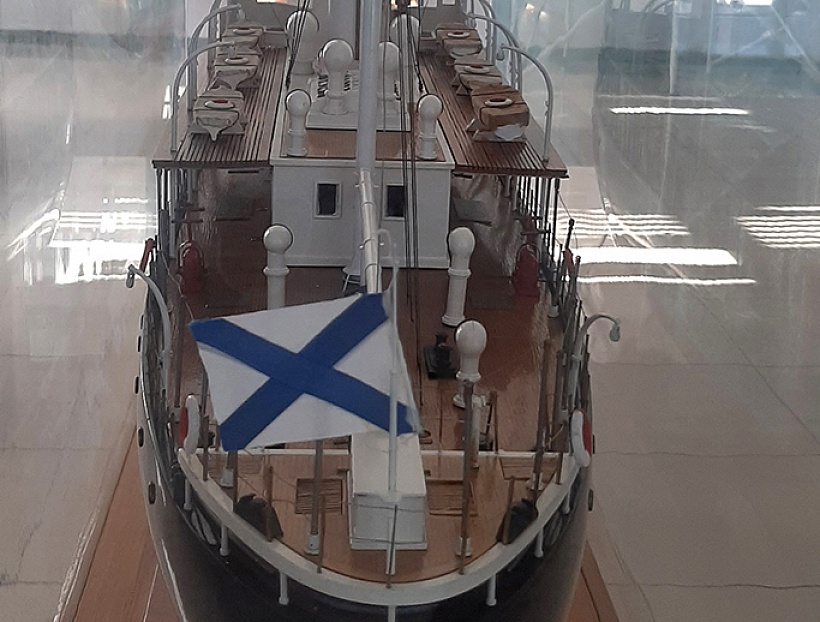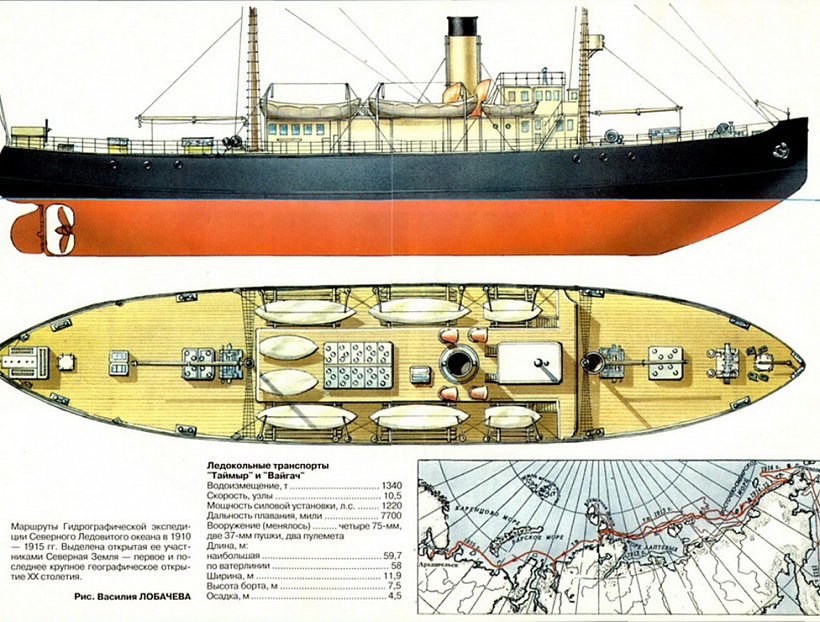On September 16, a conference was held dedicated to the 105th anniversary of the completion of the hydrographic expedition in the Arctic ocean on the icebreaking steamers “Taimyr” and “Vaygach”. The event was held under the leadership of the Commander-in-chief of the Russian Navy, Admiral Nikolai Evmenov, in the Admiralty building in St. Petersburg.
During the event, the REP Holding delegation presented materials about the industrial history of the Nevsky plant and the era of building ships for the development of the Arctic.
The conference was also attended by the Vice-President of the Russian geographical society Kirill Chistyakov, the Director of the Department of expeditionary activity and tourism development of the RGS Sergei Chechulin, Head of Department of navigation and Oceanography of the defense Ministry, captain 1st rank Konstantin Speransky, Head of staff of the Northern fleet, Colonel Sergey Churkin, the Director of the Arctic and Antarctic research Institute Alexander Makarov, Head of the high-latitude Arctic expedition Vladimir Sokolov, Director of “Arctic educational center” Andrew Bertosh, descendants and relatives of the famous Arctic Explorer rear Admiral B. A. Vilkitsky, representatives of the Russian geographical society Center under the Russian Navy's Main command, representatives of the Navy's main command, the Navy's military training and research center, cadets of naval educational institutions, Bishop of Naryan-Mar and Mezen, head of the Patriarchal project "Russian Arctic" Jacob.
In his opening remarks, the Chief of the Russian Navy Admiral Nikolai Evmenov said that "the Conference, dedicated to the memorable historical event – the 105th anniversary since the completion of the hydrographic expedition led by Boris Vilkitsky on the icebreaking steamers "Vaigach" and "Taimyr", who first made the transition to the Northern sea route from Vladivostok to Arkhangelsk, is very relevant today and is of great importance in light of the fact that the Russian Navy is actively developing the Arctic zone. This conference brings the final line in the activities of the undeservedly forgotten expedition, which is commonly called the hydrographic expedition of the Arctic ocean 1910-1915. This was the first comprehensive scientific expedition to explore the Arctic on specially built icebreaking vessels for this purpose."
During the expedition in 1913, Severnaya Zemlya (then the land Of Emperor Nicholas II) was discovered, which became a geographical discovery on a global scale. A large complex of hydrographic, meteorological, aerological and ice studies, as well as observations of sea level and currents, was performed. Also, the voyages of the “Taimyr” and “Vaygach” icebreakers brought practical benefits - since 1911, steamers began to annually bring various cargoes from Vladivostok for the actively developing North-Eastern regions of the country.
"Now that the Arctic regions are of high interest to the world's leading States, we must remember the brave Russian sailors, patriots of their cause and their country, those who have priority in the development of the polar expanses," said Admiral Nikolai Evmenov, commander-in-chief of the Russian Navy, speaking at the conference.
The icebreaking steamers “Taimyr” and “Vaygach” were manufactured at the Nevsky shipbuilding and mechanical plant (the legal successor of which is Nevsky plant CJSC) in 1909. Gennady Markelov, adviser to the General Director of REP Holding, told about the history of their creation and unique design solutions in the production of these vessels, based on archival materials. In his report "Ships and people", he focused on the high personal qualities of participants in the events – government officials, engineers, researchers, thanks to which the development of the Arctic became possible. The world's first ships of this type were built in record time. Only 2 years and 3 months passed from the Government's decision to the delivery of the courts. The ships were 54 meters long, 11 meters wide, and 1,200 tons displacement, and were equipped with vertical triple-expansion steam engines that could provide a speed of at least 10.5 knots.
The “Taimyr” served in the Arctic for a quarter of a century. During the great Patriotic War, he participated in the wiring of ships and special flights. From the end of the 40s until it was removed from the fleet list in 1955, the aged steamer stood in the city of Arkhangelsk as a floating base for polar hydrographers. In 1918, the "Vaygach" collided with a rock in the Yenisei Bay, not marked on the map. For several years, the ship's hull resisted ice and waves, but in 1921 the ship sank. A comprehensive research work to search for him in the archipelagoes of the Arctic continue at the present time.
The conference emphasized that the results of the Hydrographic expedition of the Arctic ocean in 1910-1915 are of great geopolitical importance today in the development of military-strategic and economic tasks, such as ensuring the possibility of year-round navigation along the routes of the Northern sea route and the development of natural resources in the Arctic.
At the end of the conference, Russian Navy Commander Admiral Nikolai Evmenov gave to the Nevsky plant Museum reprint the Reporting card is based on the results of the expedition in 1912.
Reference:
The hydrographic expedition on the icebreaking vessels “Taimyr” and “Vaygach” took place in 1910-1915 to study the sea route from East to West along the Northern coast of Siberia. In 1913, the expedition made the last major geographical discovery in the Northern hemisphere - the Severnaya Zemlya archipelago was discovered (the name before 1926 was the Land of Emperor Nicholas II). In addition, previously unknown Islands were discovered - Starokadomsky, Maly Taimyr and many smaller ones.
The most difficult campaign of 1914 ended with a heavy wintering off the Western coast of the Taimyr Peninsula, but in September 1915 the ships arrived in Arkhangelsk. It was the first voyage from East to West (from Vladivostok to Arkhangelsk) with one wintering on the Northern sea route.
Back to the news
